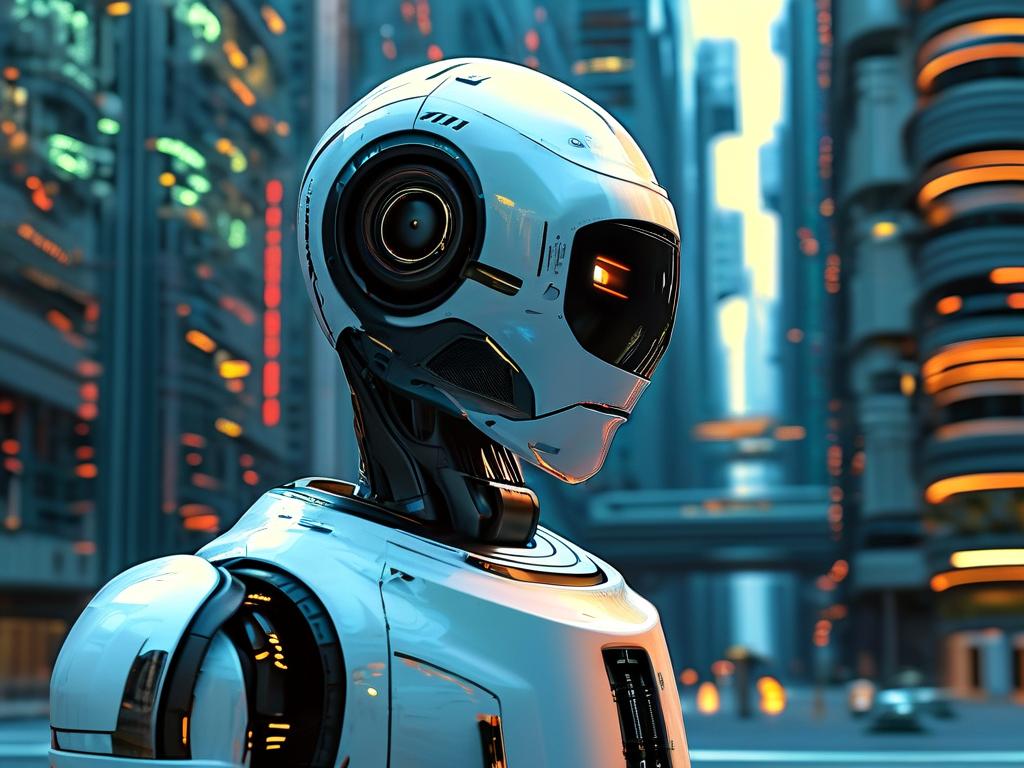The landscape of robotics technology is undergoing unprecedented transformation as the United States intensifies efforts to pioneer next-generation automation systems. Government initiatives, private-sector investments, and academic collaborations are converging to propel robotics from controlled industrial environments into dynamic real-world applications.

At the core of this acceleration lies the National Robotics Initiative 3.0, a federal program launched in 2023 with $250 million in initial funding. Unlike its predecessors focused on manufacturing, this iteration prioritizes "adaptive robotics" capable of operating in unpredictable settings. Dr. Elena Martinez, lead researcher at MIT's Robotics Lab, explains: "We're moving beyond repetitive tasks. The goal now is to develop machines that learn from environmental feedback – like a warehouse robot rerouting around fallen debris without human input."
Private companies are racing to commercialize these advancements. Boston Dynamics recently deployed its fourth-generation Spot robot for offshore oil rig inspections, reducing human risk in hazardous environments. Meanwhile, startups like Neural Automation are testing agricultural robots equipped with multispectral sensors to identify crop diseases weeks before visible symptoms appear. Tesla's Optimus humanoid robot, though still in prototype, has already sparked debates about domestic robotics ethics.
A less visible but critical driver is the Defense Advanced Research Projects Agency (DARPA)'s Subterranean Challenge. This competition pushes teams to create robots that map underground tunnels without GPS – a capability with implications for disaster response and urban infrastructure. Last year's winning entry from Carnegie Mellon University used LiDAR and thermal imaging to navigate collapsed mine simulations at 89% accuracy.
Healthcare represents another frontier. The FDA recently approved the first autonomous surgical robot, Vinci-IX, which completed a successful gallbladder removal at Johns Hopkins Hospital. While still requiring human oversight, its machine learning algorithms reduced procedure time by 40%. Rehabilitation robotics is also advancing, with exoskeletons like ReWalk enabling paraplegic patients to climb stairs through neural interface technology.
Despite progress, challenges persist. A 2024 Brookings Institution report identified three key hurdles: power efficiency (most robots operate for <4 hours untethered), situational adaptability (poor performance in heavy rain/snow), and public trust (63% of Americans oppose autonomous delivery robots in residential areas). The National Institute of Standards and Technology is addressing these through new benchmark tests for robot durability and decision-making transparency.
Academic institutions are forming unusual alliances to accelerate solutions. The Midwest Robotics Coalition – comprising Purdue, University of Michigan, and 14 manufacturing firms – developed a modular robot design that cut production costs by 60%. "By sharing IP rights, we're creating an open-source ecosystem," says coalition director Mark Richardson. "Our gripper mechanism is now used in everything from Amazon warehouses to Mars rovers."
Workforce implications remain contentious. While the Bureau of Labor Statistics predicts 2.4 million new robotics-related jobs by 2030, mainly in programming and maintenance, labor unions warn of displacement risks. The newly formed Congressional Robotics Caucus is drafting legislation for worker retraining programs, including VR-based certification systems for transitioning factory workers.
Ethical considerations are gaining prominence. Stanford University's "Robot Rights Framework" proposes classification tiers based on autonomy levels. A Level 3 robot with limited learning capacity might require basic safeguards, while Level 5 super-intelligent systems could need legal personhood status. These ideas, though theoretical, are shaping policy discussions at the UN's AI Governance Summit.
Looking ahead, three trends dominate research pipelines:
- Biomimetic Design: Harvard's Wyss Institute recently demonstrated a jellyfish-inspired robot that monitors coral reefs without disturbing marine life.
- Swarm Intelligence: DARPA's OFFSET program successfully coordinated 250 drones to autonomously map urban combat zones.
- Self-Replication: Researchers at UC Berkeley created a prototype that 3D-prints 72% of its own components – a step toward self-maintaining systems.
As robotics permeates daily life, the U.S. maintains a fragile lead against global competitors. China's "Robotics 2025" plan targets 70% domestic market share in service robots, while the EU's €4.5 billion PERSEO initiative focuses on human-robot collaboration. For America, sustaining momentum will require balancing innovation velocity with societal readiness – a challenge as complex as the robots themselves.

